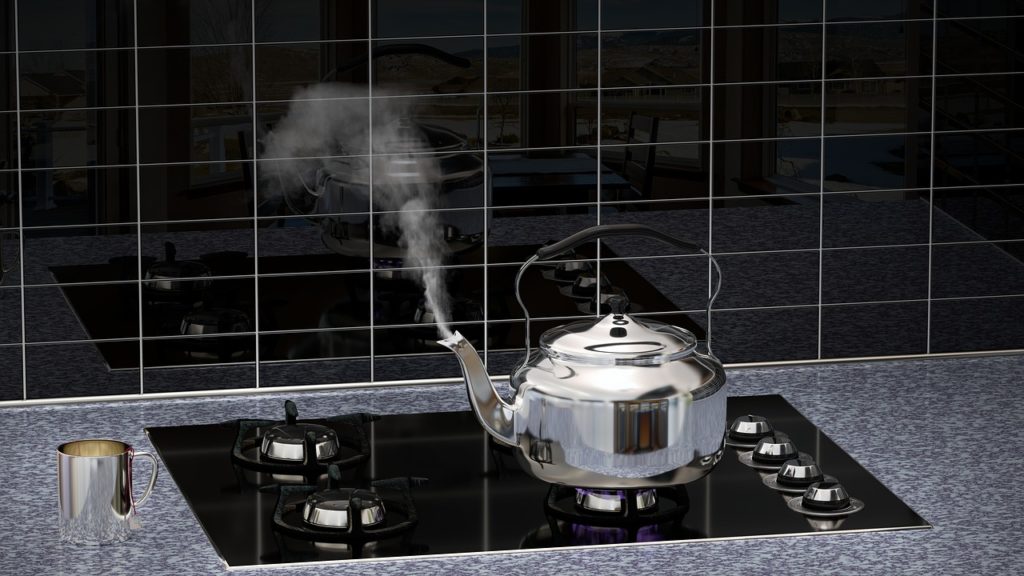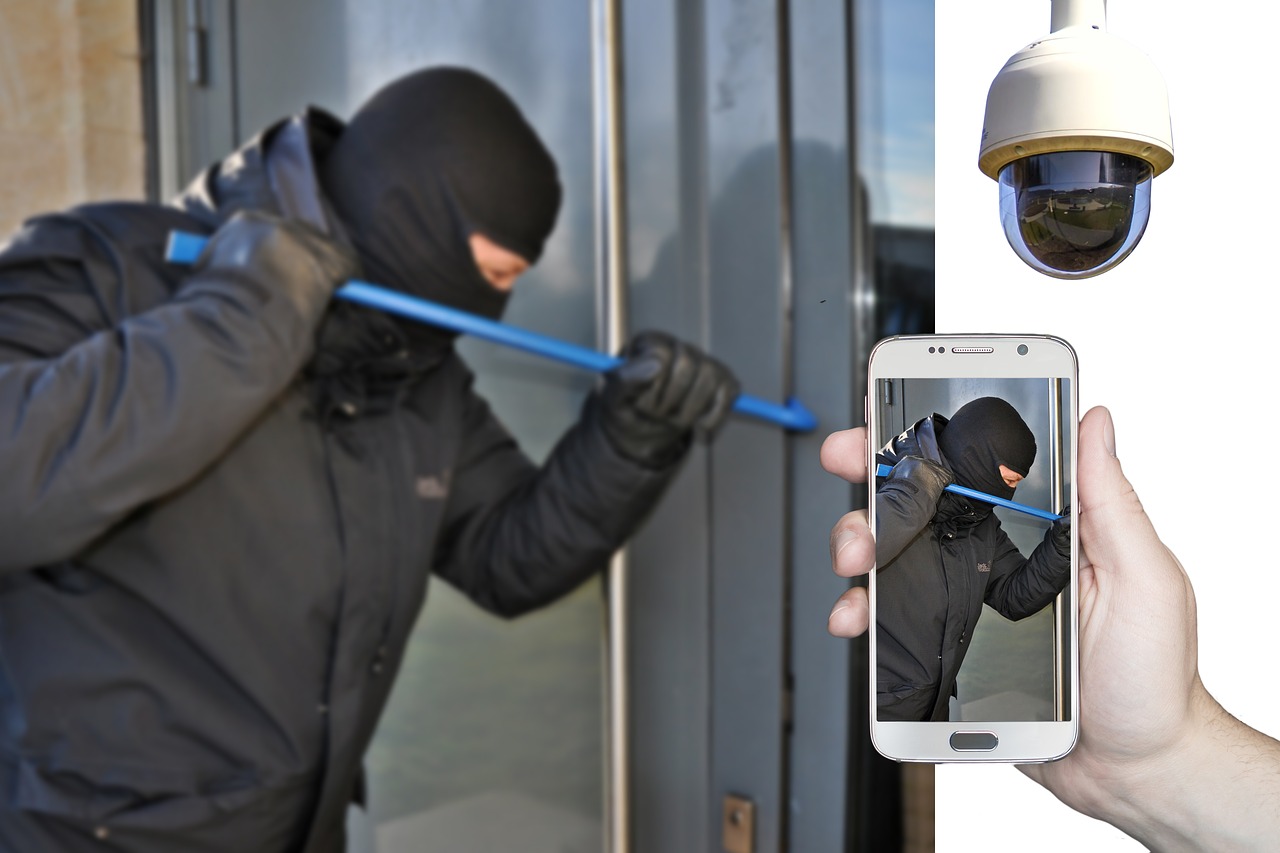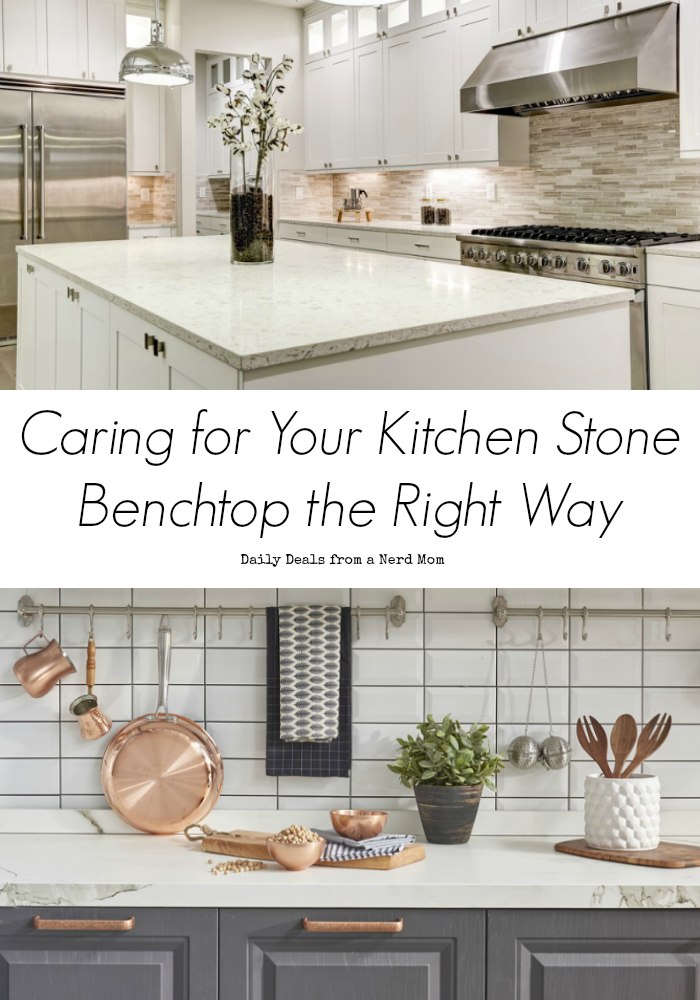How to Use Less Energy in the Kitchen

In a world of rising energy costs and more time spent at home because of the pandemic, you probably use more energy than previously. While power is required to meet modern life demands, you can use less energy in the kitchen and throughout the home. You can do this by adapting how you approach cooking, switching some methods, and minor changes to your environment.
Change Your Cooking Fuel
Among your kitchen’s essential appliances is the oven. Additionally, the cooking process eliminates moisture which contains bacteria. For a cooker to generate heat, a heating source is required. Unfortunately, many of these sources are not environmentally friendly. In addition to producing carbon monoxide, natural gas generally comes from fossil fuels. However, plenty of suppliers has clean and green propane (learn more) products. Switching will make an impact at home and is an excellent first step towards lowering carbon emissions and reducing energy.
Simmer when Necessary
When heating liquids, it’s tempting to turn up the gas or electricity on your hob for quick cooking. Bringing liquids to the boil is necessary to kill bacteria but isn’t required for extended cooking. In addition, you will burn your pots and pans, get overspill and ruin your food if you don’t turn down the heat. Once your food reaches boiling point, you should turn down the heat to reduce it to a simmer. Simmering is an essential cooking technique that extracts maximum flavor from ingredients and prevents the meat from toughening. And while it takes a long time to simmer something, it uses less energy than boiling on full power.
Check Oven Temperature
You might not be aware, but many ovens aren’t effective at temperature control, even high-end, expensive range ovens. It is estimated that most oven temperatures are off-kilter by around 25 degrees. This inaccuracy could be disastrous for baking, but it can also cause you to use more energy by overcooking something. Fortunately, you can install an oven thermometer for less than a takeaway meal. Some are internal and sit inside. However, you must open the oven to read the temperature. Therefore, it is recommended you install an external thermometer that sits outside the oven door.
Consider a Fan Oven
If you don’t have a fan oven and you are serious about reducing energy use and carbon footprint, then you should get one as soon as you can. The fan inside a fan oven circulates heat around the inside of the appliance. As a result, food cooks quicker and more evenly than in a still air oven. Additionally, because heat is evenly distributed throughout a fan oven, you can cook foods at lower temperatures, contributing to more energy savings. Finally, they just cook food better. For instance, a fully loaded fan oven will brown and crisp food as it should, whereas a still air oven will essentially steam your food.
Prepare Appliances for Use
One of the most overlooked aspects many home cooks make is not preparing appliances before cooking. Preheating the oven is a perfect example. Preheating is vital because it helps eliminate bacteria on foods like chicken that need an initial blast of heat. However, you should also adequately heat your frying pan rather than cook from a cold start. A hot pan will add texture and flavor and help seal moisture that might leak out and steam your food. For example, you can also boil water in an electric kettle before transferring it to a pan for the pasta.
Batch Cook
Your oven probably has more than one shelf. If it’s a fan oven, it’s suitable for placing multiple food items inside simultaneously. This makes it excellent for batch cooking, saving time and money. Both of which you might currently have little of. For example, you can cook some chicken legs simultaneously as lasagna and a cottage pie. Then you can divide and store them in the fridge and freezer, ready for reheating later in the week as part of your meal planning.
Don’t Forget the Microwave
Speaking of reheating, don’t forget the microwave. Many people think the microwave is a useless utility, and some are snobby about it. But if it’s good enough for the late multiple Michelin-star-rated Michel Roux, it’s good enough for us all. Indeed, some foods are better heated in the oven. Still, most can be reheated in your microwave, using far less energy. Soups, stews, and sauces are ideally suited for microwave heating. However, you should regularly stir foods every couple of minutes to prevent burning and uneven heating.
Match Pot to Hob Size
One of the biggest mistakes you might make when cooking is mismatching pot and pan size against your hobs. If you place a small pot on a large ring, this will cause your hob to use more energy than required. Also, placing a large pot on a small ring will take a long time to heat. And there’s the chance you will cause severe damage to a smaller pan with a large ring on full power. As such, measure the base of the pan against the size of your hob rings. Try to use the ring that most closely matches the size of the actual base and not the lid size.
Install LED Lighting
A traditional lighting solution like fluorescents or incandescents has a high carbon footprint and is inefficient. A good alternative is light-emitting diodes. LED lighting has become ubiquitous over the past decade. Although it was once expensive, LED solutions are now cost-effective. LEDs are highly efficient and look nice in the recesses of a home. They use up to 90% less energy than incandescent bulbs and are much more versatile than standard bulbs. For instance, you can dim them, control them with a smartphone or AI like Alexa, and change the colors.
Replace Old Appliances
Replacing older appliances will also drastically reduce your kitchen energy use. Your fridge, washing machine, and dishwasher are among some of the most power-hungry devices in your home. New models from reputable manufacturers meet modern energy and carbon standards, and they are much more efficient. Therefore, you can reduce energy use significantly by switching to more recent models. Plus, you will save money on your utility bills because newer models run much more efficiently.



Good sugegstions! Thank u! Besides being approximately 90% more efficient than incandescent light bulbs, LEDs also last 25 times longer. Some LED bulbs can last up to 20 years making replacing bulbs a rare occurrence.